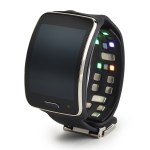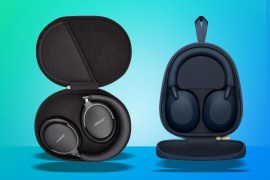Where next for wireless charging?
We look at how plugless power could be just around the corner

“WiFi for electricity” firm uBeam is back in the headlines with the most convincing demonstration of its long range cable-free chargers to date.
It’s not the only one that’s been making unusual waveforms in the electromagnetic ether either: there have been some other big things happening in the little world of wireless power transfer over the last month. So is plugless power about to go mainstream?
READ MORE: Microsoft’s wireless charging trousers: the most stylish way to top up your phone’s battery yet?
uBeam? Never heard of them – tell me more
You may not have heard of uBeam, but the firm has received a lot of attention from some pretty important people. Since its founder Meredith Perry first showed off her technology at the All Things D conference in 2011, it’s attracted some US$1.7m (£1m) in two rounds of funding from the likes of Napster’s Shawn Fanning, CrunchFund and Andreessen Horowitz – the latter being the VC vehicle for the creators of Netscape.
What’s remarkable is that, at the time, Perry was a straight-out-of-college young entrepreneur with no engineering experience, talking about an idea which was first mooted a decade ago and immediately abandoned as impractical.
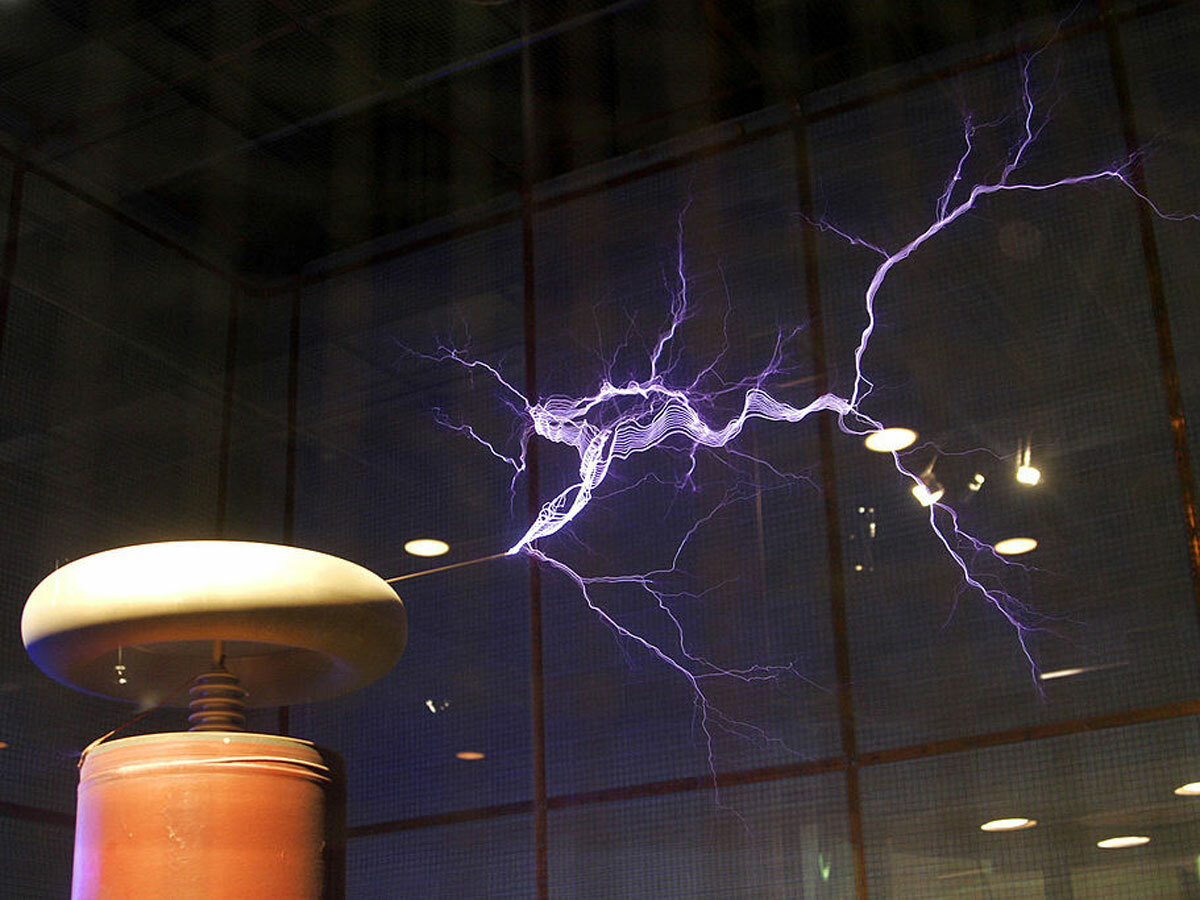
OK – I’m interested. What’s this remarkable technology?
uBeam’s big idea, if it works, will revolutionise power transfer. It will do away with mains sockets and USB chargers and, well, everything. Perry wants to transmit electricity over room-sized ranges by converting it to sound and playing it back at ultrasonic frequencies. These sound waves are then picked up by receivers on gadgets and devices wherever they are in the room, and converted back into electricity.
Image credit: Wikipedia

Electric goes Dylan, then?
Quite. It seems utterly implausible, but things have been turning acoustic energy into electricity since 1931. We call them dynamic microphones, and they’re basically loudspeakers in reverse. Almost every microphone a singer has ever held in front of a crowd is a dynamic mic: when its diaphragm is hit by sound waves it causes an induction coil to move around inside a magnetic field.
They also happen to be very robust and – unlike powered mics – are difficult to destroy by suddenly shouting very loudly into one from close range. Hence their popularity for on-stage use.
Dynamic mics, however, need a lot of sound energy to create very small currents which are then amplified. So uBeam’s technology is a bit cleverer than that. In 2012, TechCrunch‘s Michael Arrington described a personal demo as “the closest thing to magic I’ve seen in a long time.” But then he also reckoned it would be on the market within a year, so what does he know?
Go on…
uBeam hasn’t been overly forthcoming about its technology, but what we do know is that its transmitters are currently small plaques, just a few millimetres thick, that hang on walls and produce ultrasound waves. The receivers are piezoelectric tranducers, which are commonly seen on semi-acoustic guitars. Piezoelectronic materials produce electricity through mechanical stress rather than magnetic induction, and uBeam is currently hiring people with expertise in that field.
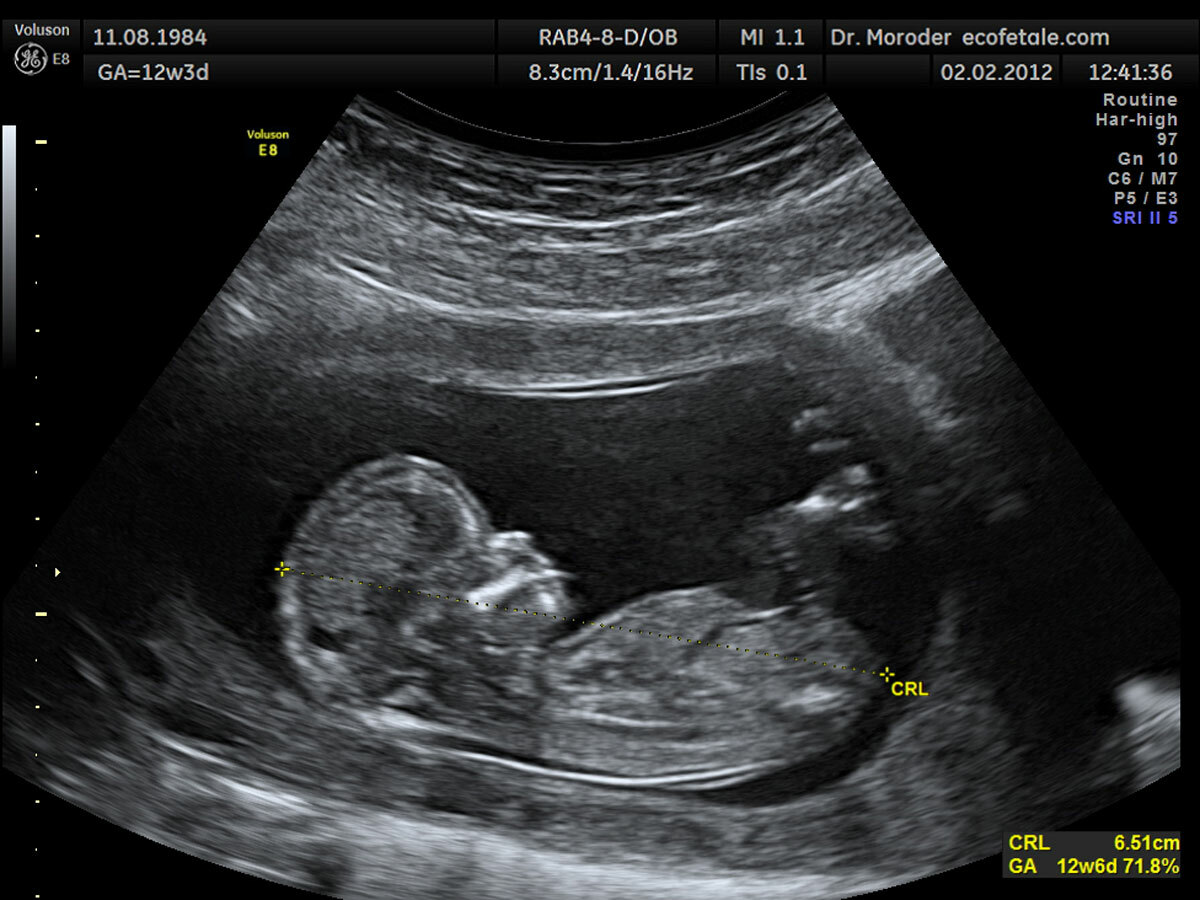
Can’t you just “turn it up to 11”?
Sure, but the challenge – which no-one ever seems to ask Perry – is around efficiency.
The idea for using ultrasound to transmit energy to circuits was patented back in 2004, and that document includes a description for focusing a “pencil thin” beam of ultrasound on to a piezoelectronic transducer for charging a PDA or laptop.
Focusing ultrasounds like this is old tech – it’s how ante-natal baby scans are taken – but the author of that patent acknowledges that constant refocusing of the beam to take into account the size and movement of the target device may not be feasible for something such as a phone or a PDA. For a temporary burst to power up RFID tags and automate supermarket checkouts, though, it’s perfect.
And that’s what uBeam says it’s cracked?
Apparently so, although it’s not come out and given specifics in terms of how big a charge it can deliver or how efficiently it can do it.
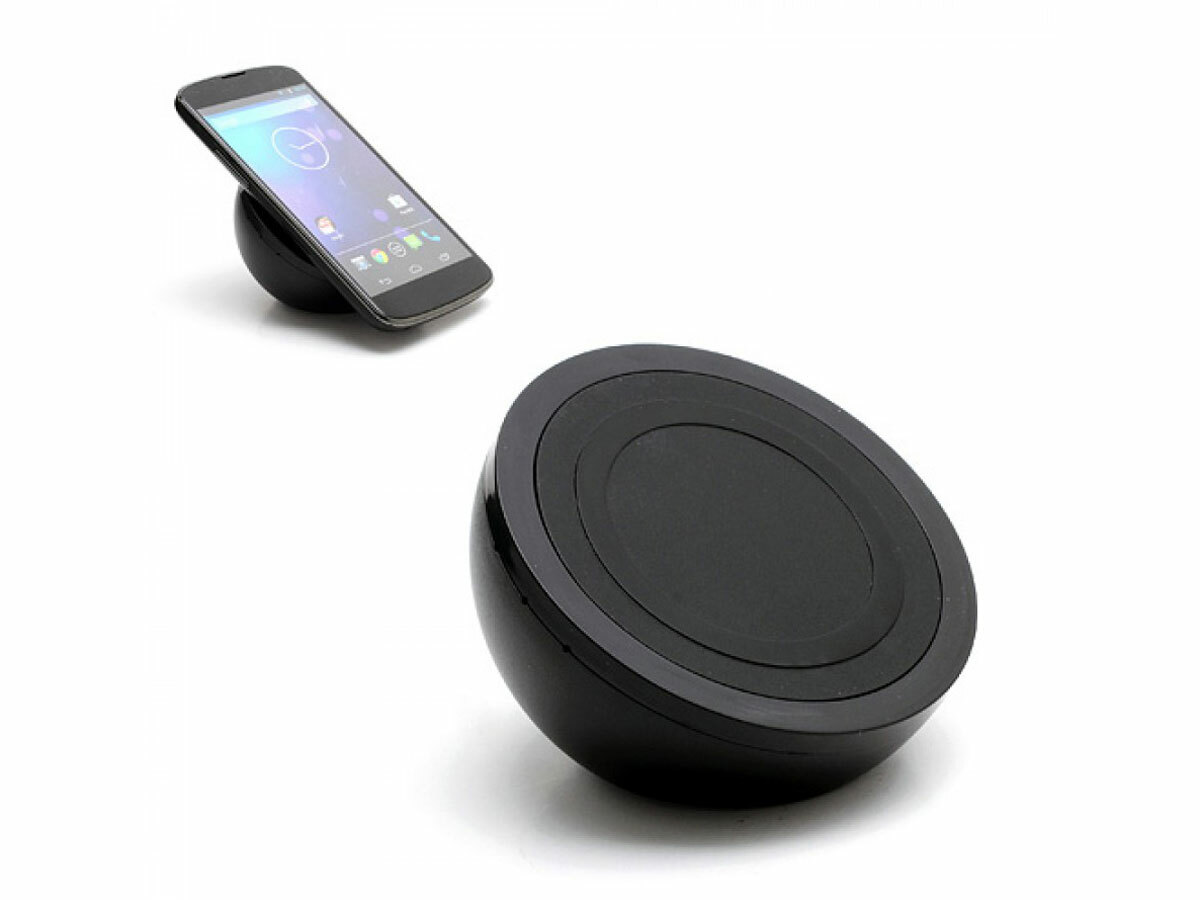
So don’t throw away those USB wallwarts then?
We’re close. Even without uBeam, we’ve come quite a way since we wrote our last primer on wireless power transfer.
Wireless charging has gone from something that was expensive, inefficient and unusual to a feature so standard on smartphones that no-one really mentions it any more – unless there’s a rumour that Apple’s looking to adopt it, of course.
Just a few weeks ago, the Wireless Power Consortium officially announced the next version of Qi, which embraces magnetic resonance induction and allows you to charge phones without having to make contact with the charging plate. It’s not as ambitious as uBeam, since charger and chargee have to be within 3cm of each other, but it is backwards compatible with existing kit and can handle charging multiple devices at once. What’s more, using the latest Qi standard up to 2,000W can be transferred, making it suitable for kitchen appliances as well as phones and tablets.
uBeam might well be closer to magic, but Qi is here today and for less than £15 you get everything you need to convert a Samsung Galaxy S4 to wireless charging. There’s really no reason not to, is there?
READ MORE: Wireless charging docks can be sexy too
